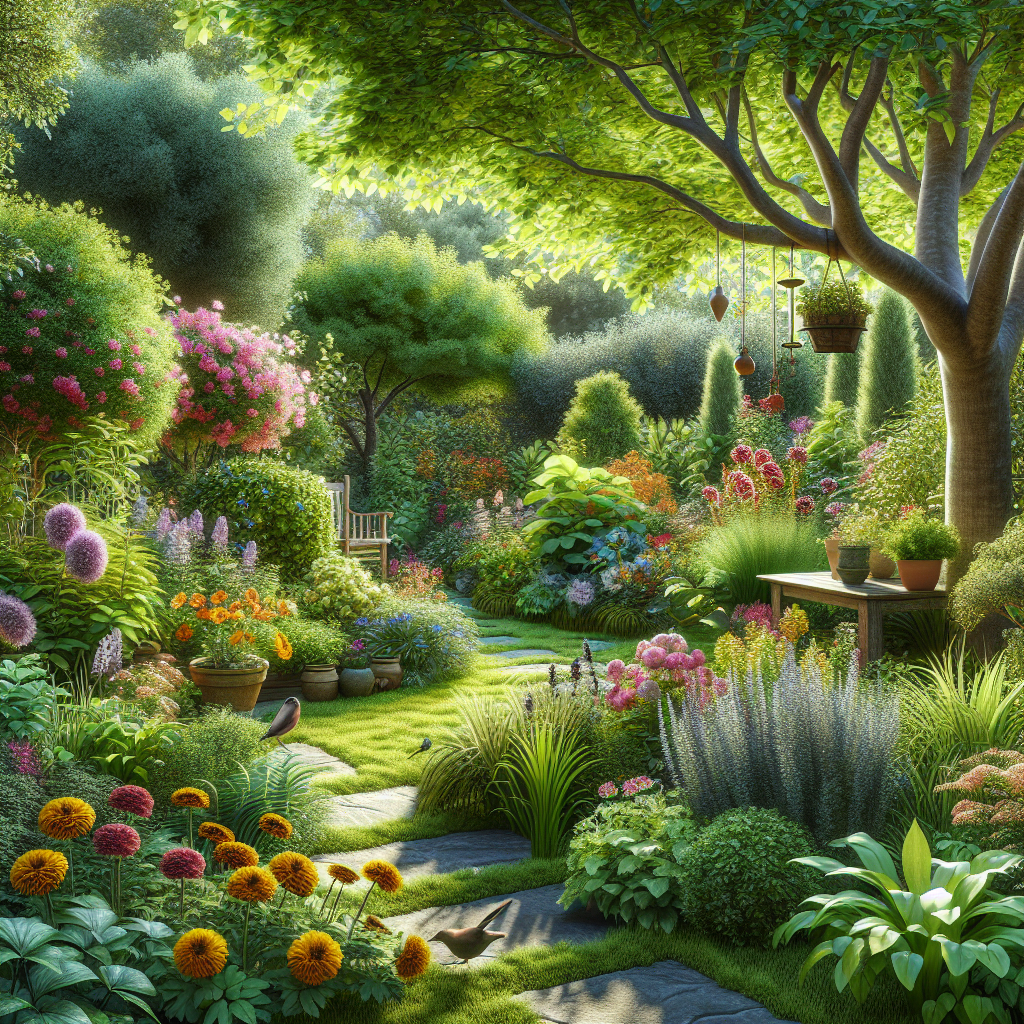As a seasoned journalist and opinion columnist within the dynamic realm of real estate, I find myself drawn to topics way beyond bricks, beams, or mortgage rates. Having witnessed environmental issues creeping their way into discussions on property value assessments and urban development plans – it’s become clear that biodiversity is no longer just an abstract concept for scientists to ponder over in isolated labs.
The world is facing an alarming rate of biodiversity loss with estimates showing around one million animal and plant species currently threatened with extinction. So what does this have with real estate? Well, everything!
We tend to view natural resources as endless larders supplying us organic produce while ignoring how these changes are going to reshape our food landscape. Traditional cuisine has always had a deep-rooted connection with locality – the soil type dictates what crops can be grown while local microclimate influences ingredient availability throughout seasons.

Culinary Traditions
‘Traditional home garden scene’
Imagine if paella lost saffron or Gumbo went without shrimp – terrifying prospects yet they could soon become realities if we continue along this trajectory of reckless consumption.
Cultural Roots
‘Rich harvest from biodiverse fields’
Our negligence towards preserving biodiversity isn’t merely threatening our plates but also shaking cultural roots many societies are built upon. Many tribal communities rely heavily on indigenous plants for subsistence farming which serve not only as food source but also form part of their unique identities.
Modern Evolution
The accelerating biodiversity loss has the power to rewrite landscapes. The cities we inherited have evolved over centuries with a careful balance of built environment and natural world.

Key Ingredients
‘Farmers market scene with diverse produce’
A diverse ecosystem leads to a rich palette of ingredients. Yet, our obsession with monocultures is leading to extinction of not only rare plant varieties but also disrupting local food chains.
Preparation Methods
We might end up in an era where preparation methods once cherished would be rendered useless due to lack of key ingredients. Will there still be sushi if Tuna becomes extinct? Or cheese without cows?
Cultural Significance
‘Cultural feast showcasing traditional cuisines’
The disappearance of certain species could lead not just to dietary shifts but also alter celebratory customs, religious practices and other aspects rooted in the availability of particular organisms or plants.
Contemporary Trends
There’s no denying that real estate plays an undeniable role in this quest for biodiversity conservation – from green building certifications focusing on native landscaping, developers dedicating parts for urban farming initiatives, integrative pest management plans reducing reliance on harmful pesticides – all aimed towards creating more resilient communities.
Expert Perspectives
‘Urban development incorporating green spaces’
Informed minds argue that it’s time real estate started looking beyond manicured lawns towards wilder versions teeming with life or allocating portions as wildlife corridors ensuring safe passage for fauna amidst rapidly urbanizing landscapes – rewilding the way we live.
Personal Experiences
From my own balcony garden, I’ve seen how a few pots of native wildflowers could attract types of birds and bees previously unseen in my city dwelling. Now imagine that multiplied by the number of apartment balconies or backyards around you…
Cultural Preservation
A reverence for biodiversity opens doorways to preservation not just on an environmental front but also cultural – retelling stories generation after generation about ingredients, recipes handed down through family lines – each having its unique place in our collective heritage.
We owe it to subsequent generations – to protect and preserve this bounty nature offers so willingly yet might retract if pushed beyond a tipping point.

